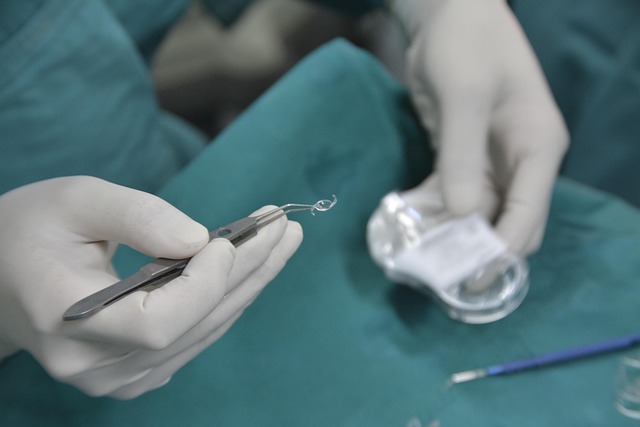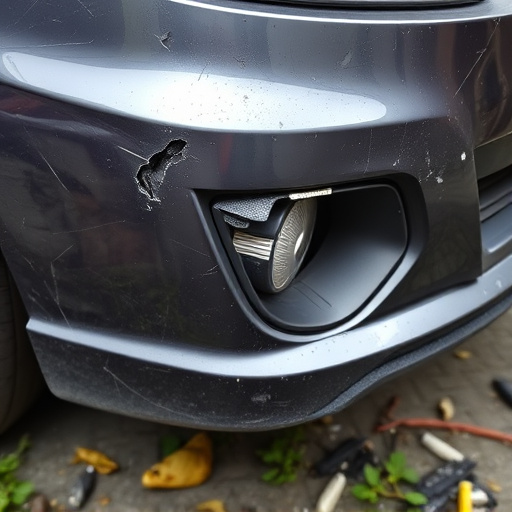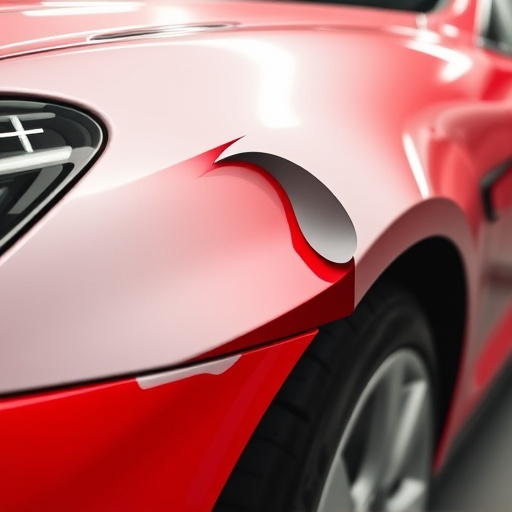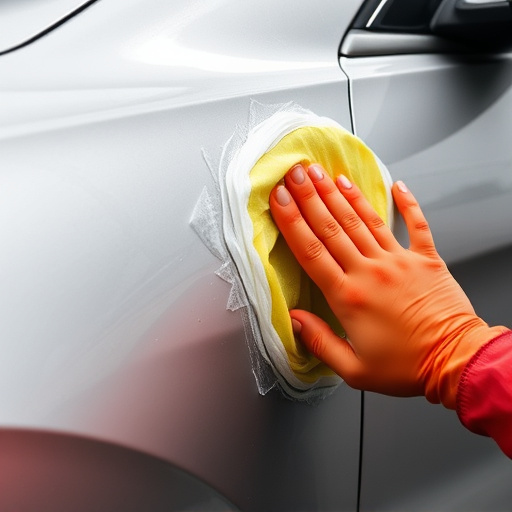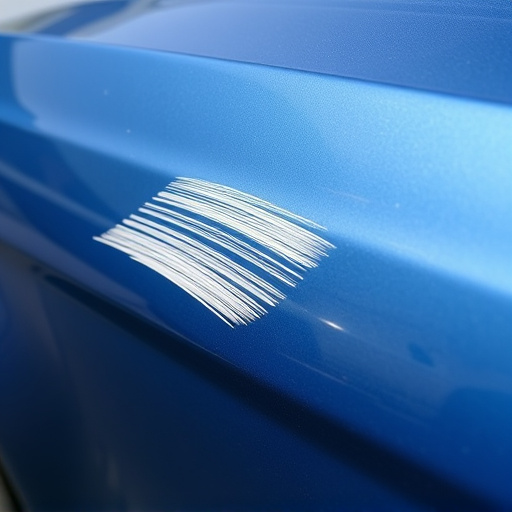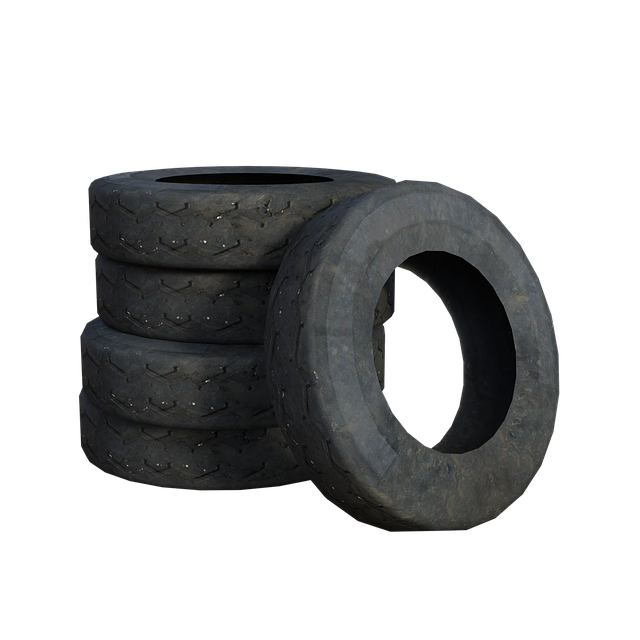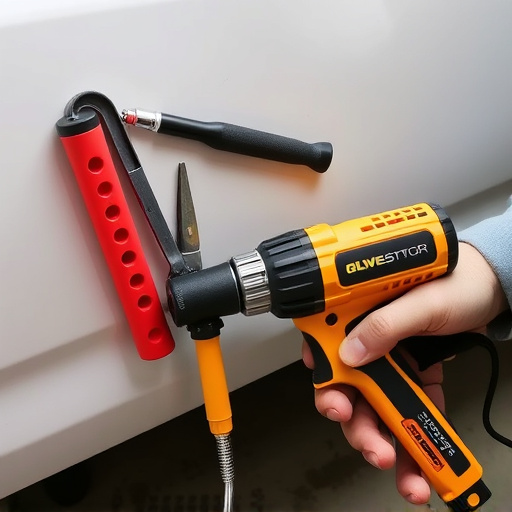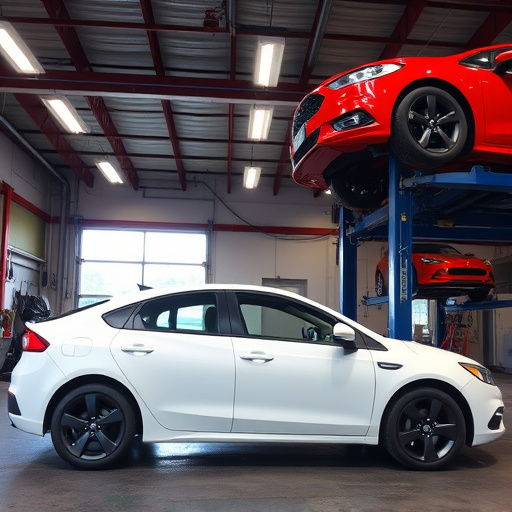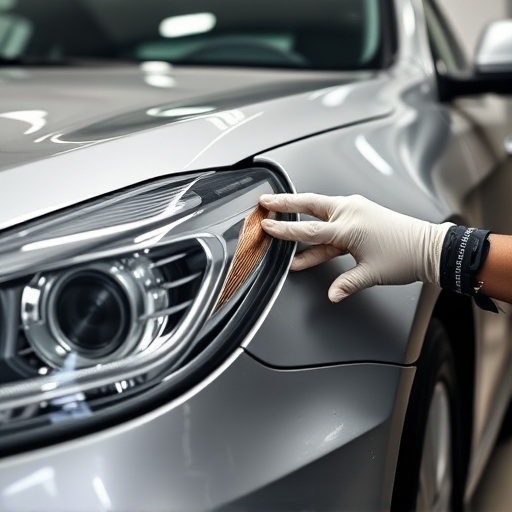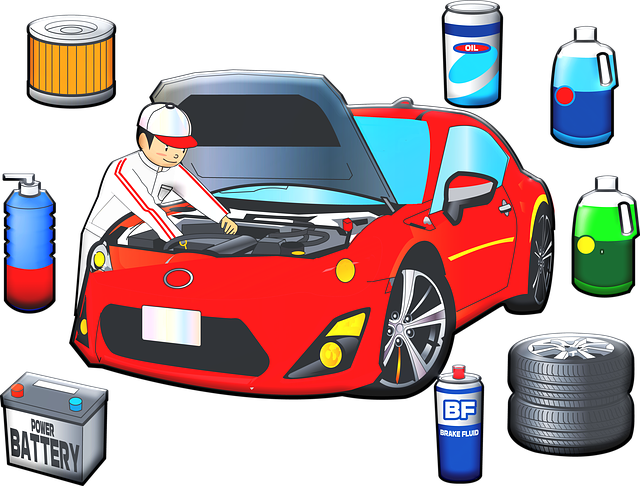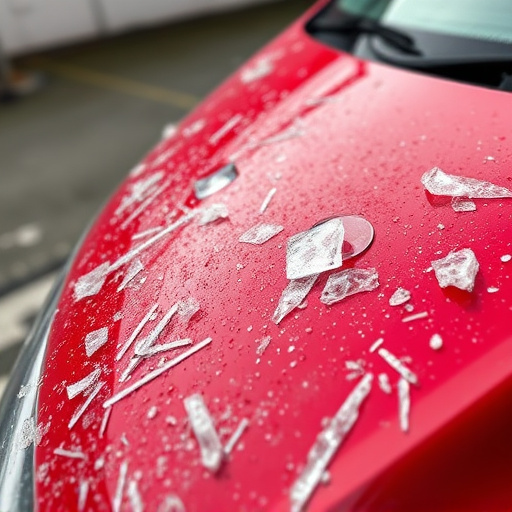A vehicle delivery inspection ensures seamless transition from workshop to owner, addressing cosmetic and mechanical issues before delivery, enhancing customer satisfaction and long-term reliability of automotive body work repairs.
Vehicle delivery inspection is a crucial process that plays a pivotal role in ensuring customer satisfaction post-repair. By meticulously examining vehicles before handover, repair shops can identify and rectify potential issues, preventing problematic experiences for clients. This article delves into the intricacies of vehicle delivery inspection procedures, highlights critical pre-delivery checks, and explores its myriad benefits in safeguarding against post-repair problems.
- Understanding Vehicle Delivery Inspection Procedures
- Key Aspects of Pre-Delivery Testing and Checks
- Benefits: How It Prevents Post-Repair Issues
Understanding Vehicle Delivery Inspection Procedures
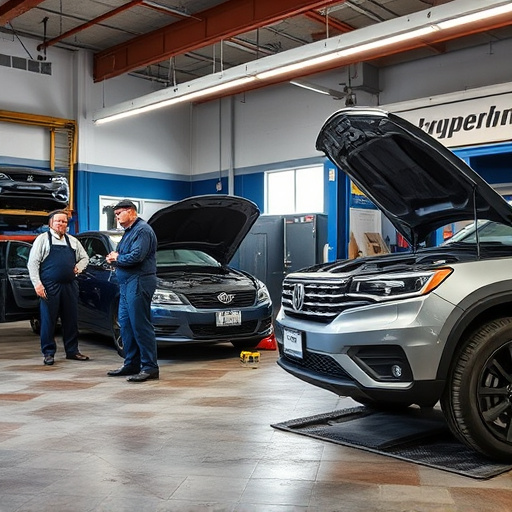
Vehicle delivery inspection is a critical process that ensures the seamless transition of a repaired vehicle from the workshop to its owner. This procedure involves a thorough evaluation of the car’s condition, focusing on both cosmetic and mechanical aspects. It’s not just about checking for obvious damage or scratches; it encompasses a comprehensive look at various components to guarantee they function optimally after the automotive body work.
During this inspection, trained professionals assess everything from the exterior paint job and panel alignment to internal systems such as lighting, brakes, and engine performance. Identifying any lingering car damage repair issues early on is key to preventing future problems. This meticulous process, often referred to as a vehicle delivery check, serves as a bridge between the repair facility and the customer, ensuring customer satisfaction and the long-term reliability of the vehicle repair.
Key Aspects of Pre-Delivery Testing and Checks
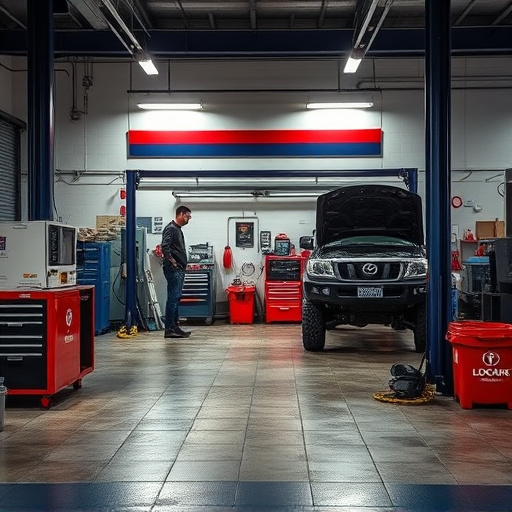
A thorough vehicle delivery inspection is a multi-faceted process designed to identify and rectify any potential issues before the car changes hands. Key aspects include a comprehensive exterior and interior review, focusing on both aesthetic condition and functionality. This involves inspecting the car body for signs of damage or wear, checking all lights and signals, verifying proper operation of doors, windows, and roof mechanisms, and ensuring the interior is clean and in good repair.
Additionally, essential components like brakes, tires, suspension, and fluids are rigorously tested to confirm they meet safety standards and perform optimally. Pre-delivery testing also extends to mechanical systems such as the engine, transmission, and electrical components, addressing any discrepancies that could lead to post-repair problems. A meticulous auto maintenance approach, whether for a classic car restoration or a contemporary vehicle, ensures a seamless transition for the owner, guaranteeing both safety and satisfaction upon delivery.
Benefits: How It Prevents Post-Repair Issues
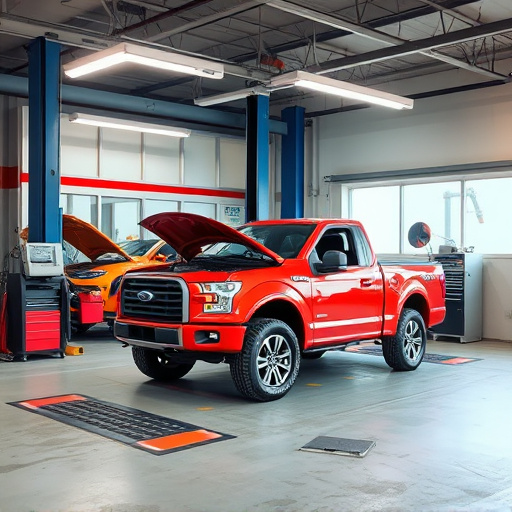
A thorough vehicle delivery inspection stands as a robust defense mechanism against post-repair issues, ensuring that cars leave the car body shop in pristine condition. By meticulously scrutinizing every detail, from the automotive restoration work to the overall vehicle bodywork, this process identifies and rectifies potential problems before they surface. This proactive approach is invaluable, as it not only safeguards the customer’s investment but also fosters trust in the services provided by the shop.
Through vehicle delivery inspection, technicians can uncover subtle issues like misaligned panels, uneven paint jobs, or faulty seals that might have been missed during initial repairs. Promptly addressing these problems prevents them from escalating, leading to costlier and more time-consuming fixes down the line. This meticulous attention to detail ultimately contributes to customer satisfaction, ensuring that their vehicles are not only repaired but maintained to a high standard.
Vehicle delivery inspection is not just a formality but a critical process that ensures vehicles leave the repair shop in optimal condition. By implementing comprehensive pre-delivery testing and checks, repair facilities can significantly reduce post-repair issues, enhancing customer satisfaction and maintaining their reputation. This simple yet powerful practice is a game-changer in addressing potential problems before they impact the driving experience, making it an indispensable component of modern vehicle repair services.
